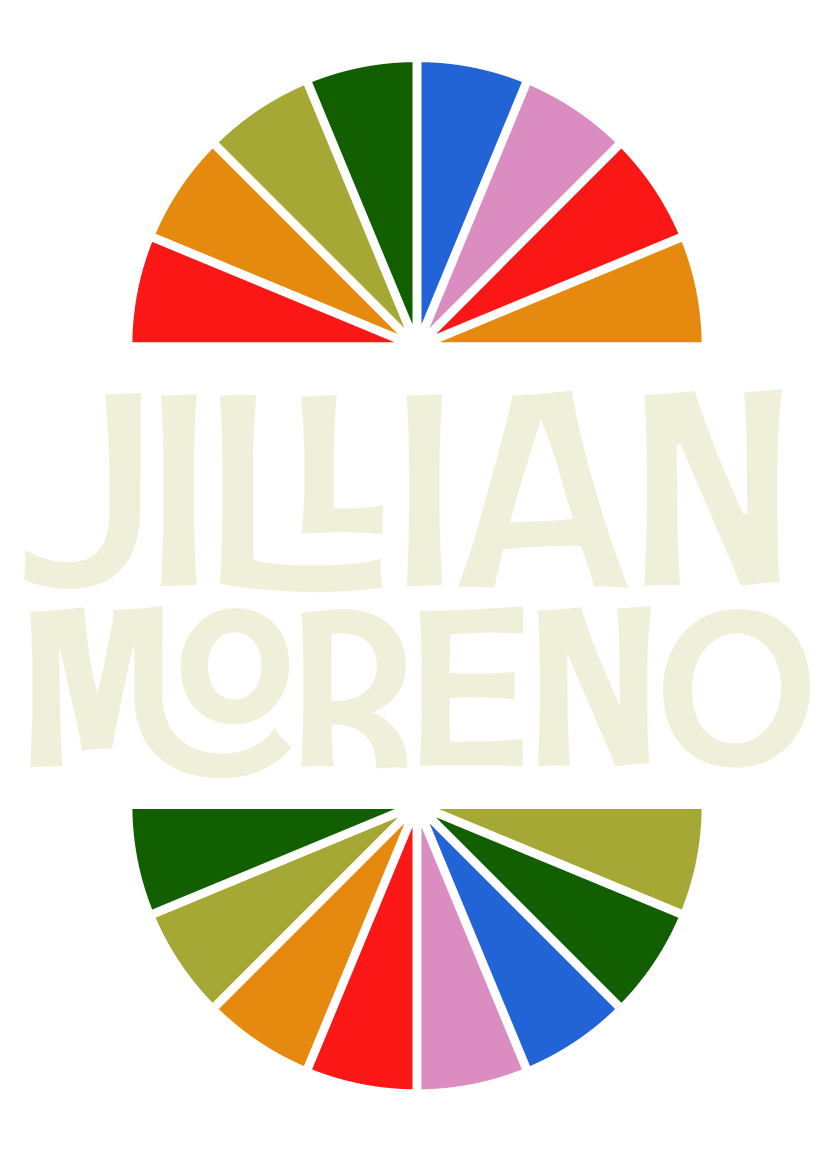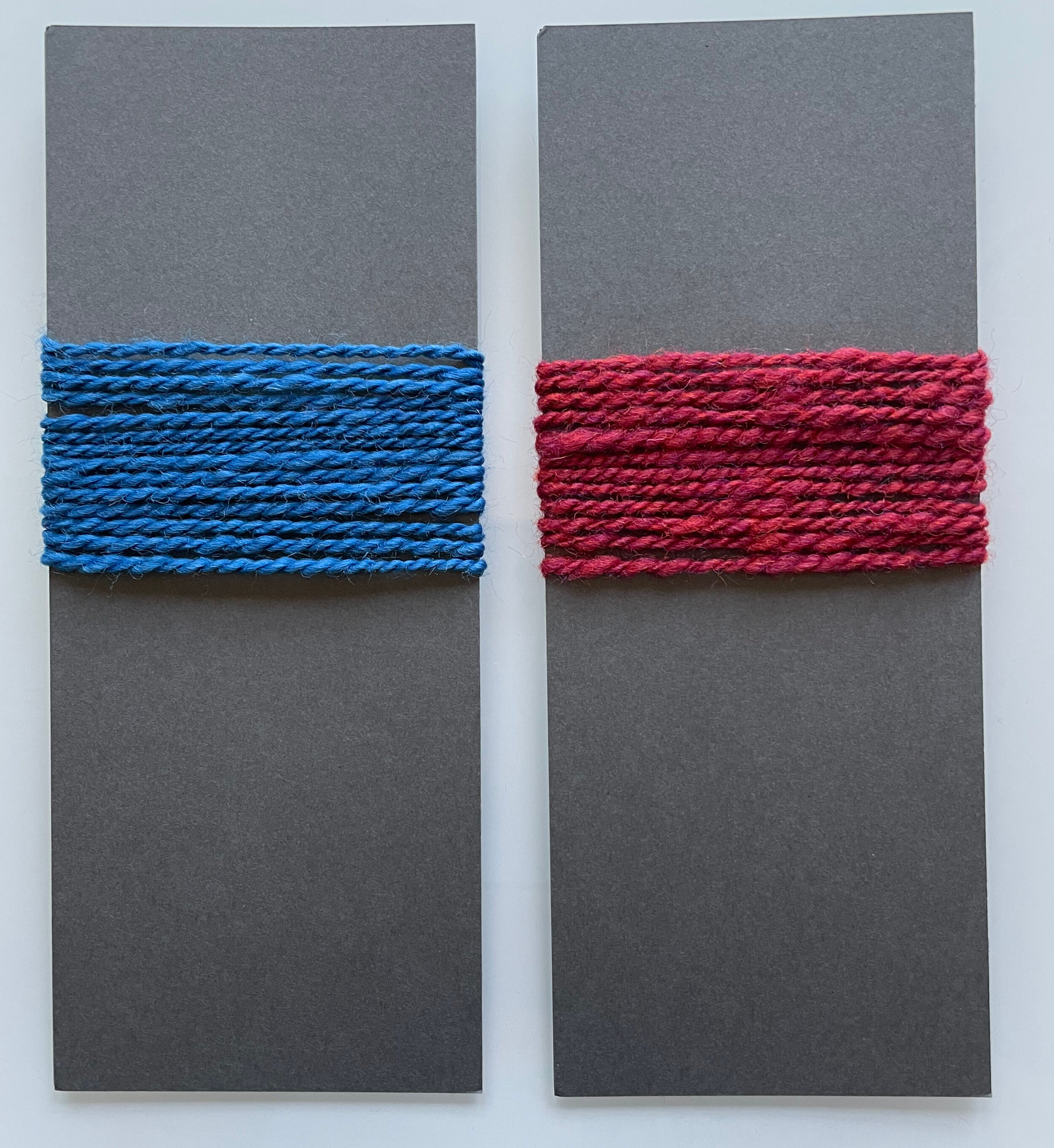Are you ready to draft? I'm going to be using these two fiber preparations for all of my drafting samples.
Both of them are commercially prepped, the blue is combed Corriedale top, the red is carded Corriedale roving.
For me the difference between a worsted or woolen draft is simply how the twist gets into the fiber.
Do you guide it to the fiber (worsted drafting), or do you let it zip into the fiber on it's own (woolen drafting)?
· A worsted drafted yarn, especially if you use a worsted (combed) preparation has these characteristics:
· Smooth Strong
· Consistent
· Stands up to abrasion, which means less pilling
· Not as warm because it contains less air
· Dense
· Good drape
· Shiny, depending on breed or blend
· Crisp stitch definition
If you use a woolen (carded) preparation your yarn will have these characteristics., sort of. You can see what I mean in the finished yarn.
To draft worsted, you don’t want any twist getting to the fiber unless you bring it there. Squeeze your fiber between your fingers enough to keep the twist from getting through, draft (either forward or backwards), and slide your fingers down the fiber bringing the twist along, and smoothing the outside of the yarn.
Here’s a quick video I made, showing worsted drafting close up. I don’t usually work this close to the orifice.
You can see in the finished yarns below that while they are similar in size, worsted drafting doesn’t look the same on both types of preparations. The combed (worsted) preparation has all of the characteristics listed above, but the carded (woolen) preparation doesn’t really. The woolen preparation with a worsted draft is not as consistent, smooth, or dense.
What will you make out of your worsted drafted yarn?





